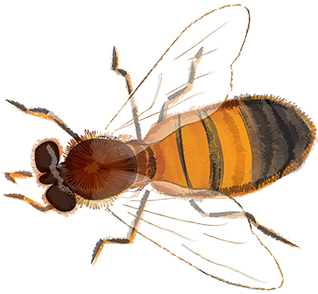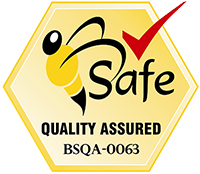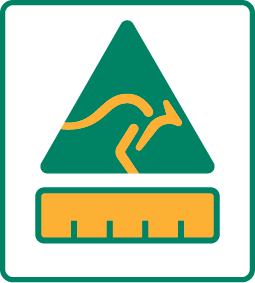About Australia's Manuka
We believe that Nature holds the key to our health and wellbeing. We care for our bees and the pristine environment which gives us the golden gift of Australia's Manuka honey for the benefit of all.
About Australia's Manuka
At Australia’s Manuka we believe that Nature holds the key to our health and wellbeing. Due to our deep connection to our Environment, we value the Earth’s bountiful gifts and utilise them for the benefit of all.
Our Values
In everything we do, we feel a responsibility to care for and protect the pristine country in which we work, live and play. We care for our bees naturally by organic principles and produce the highest quality bioactive raw MGO honey in the world.
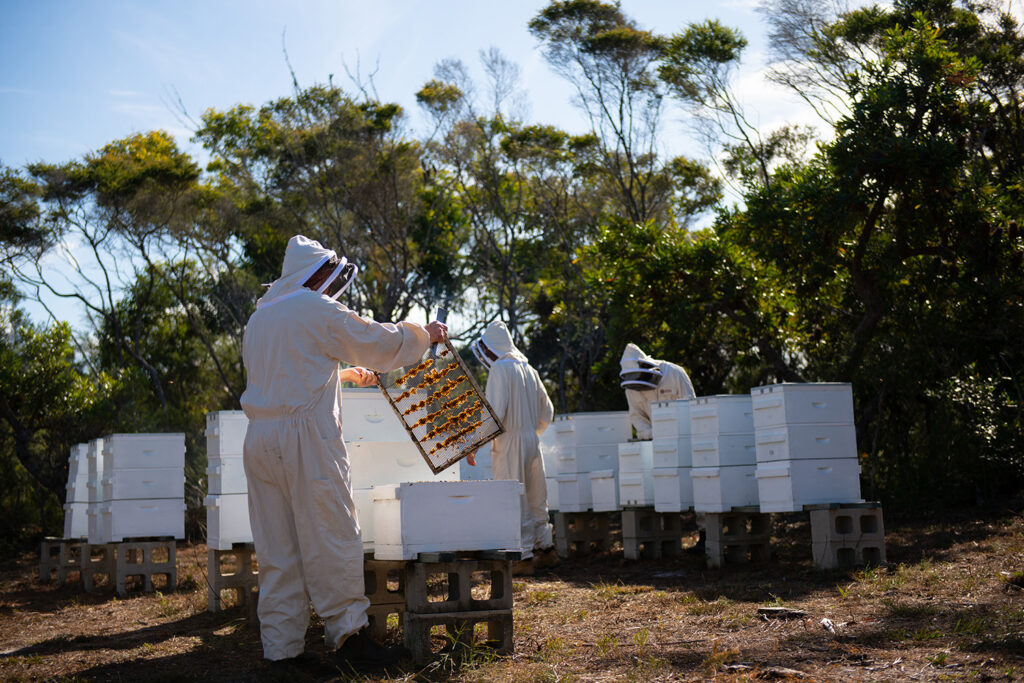
Honey, from our hives to your home.
Our family business began in 1996 as Tyagarah Apiaries and has grown to become Australia’s Manuka Pty Ltd.
It was an unforgettable encounter that inspired the name change from Tyagarah Apiaries to Australia’s Manuka. Katrina and Michael were bushwalking near one of their apiaries, looking for bush medicine with their lifelong friend and Māori elder, Cheryl Livingstone.
Cheryl saw one of the flowering trees that the bees were collecting nectar from and exclaimed happily “I’ve found some Manuka”.
“That’s Jellybush”, Michael replied. Her response was immediate and decisive. “ It’s Manuka” she said in her no-nonsense way.
The flowers Cheryl had identified were Leptospermum plants that are close cousins of the variety she was familiar with from New Zealand. Upon early testing in independent laboratories the bioactive honey proved to be even more potent in the medicinal properties than their New Zealand counterparts. Thus, the Australia’s Manuka brand was born.
Meet the Team
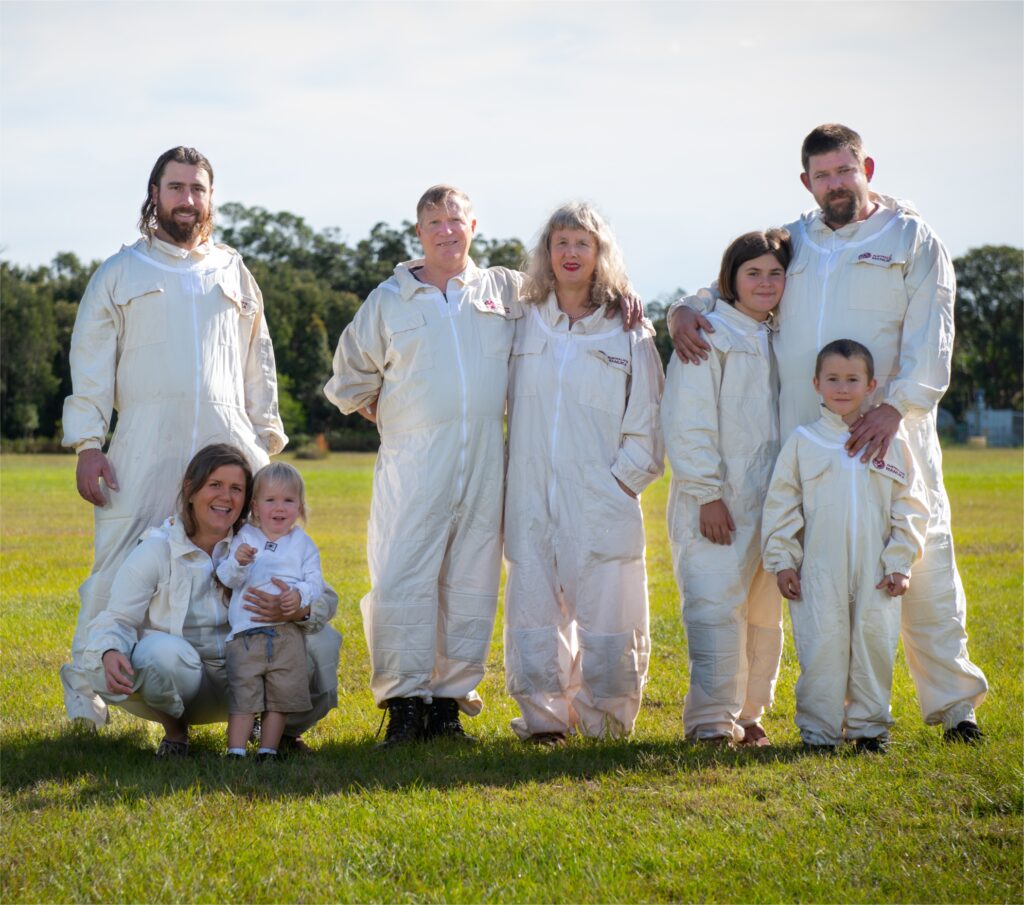
Honey, from our hives to your home.
a dedication to standards
At Australia’s Manuka, we were one of the first beekeepers to commercially harvest bioactive MGO honey in Australia. We started our business in Byron Bay with only a few beehives and now manage over 1,000 beehives. We operate a modern, state of the art manufacturing facility, audited to HACCP, GMP and Halal standards. Our business is powered by renewable energy.
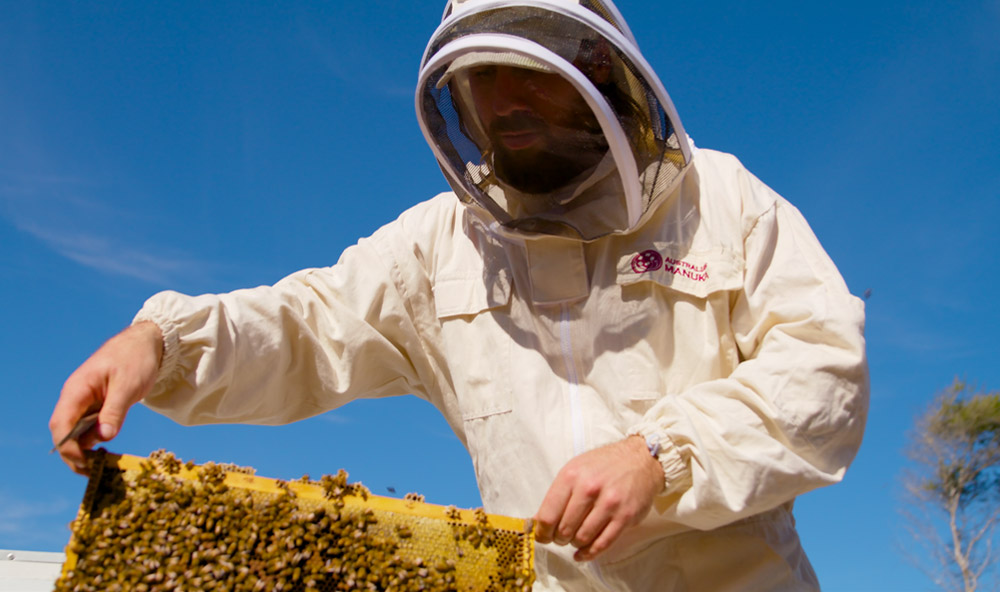
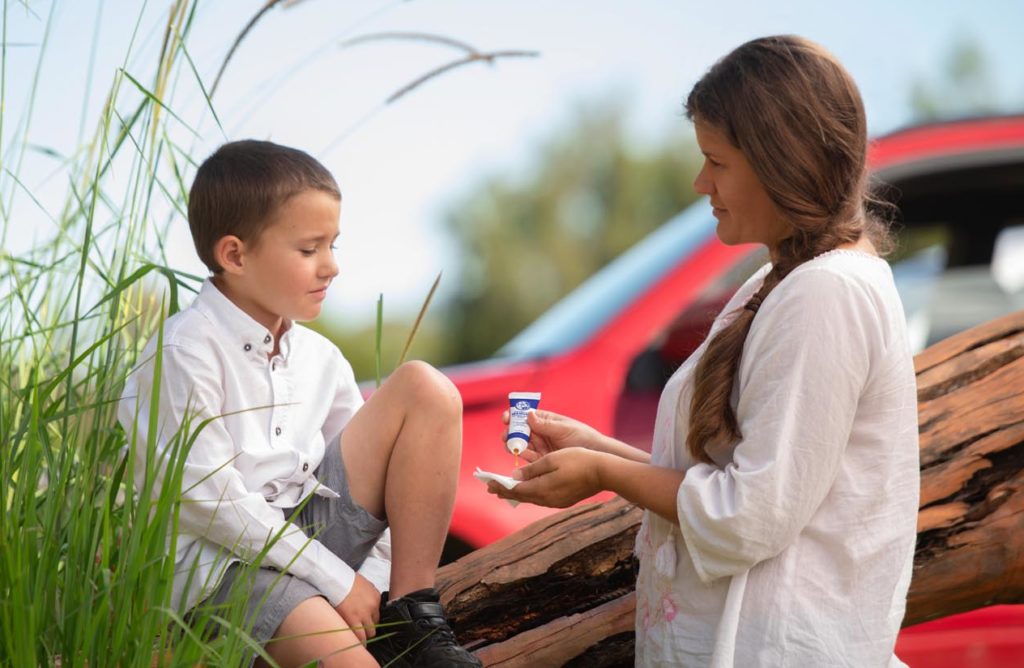
Scientifically proven
We cold extract our honey to preserve the natural levels of MGO and bioactive compounds which give our raw honey its powerful healing qualities and delicious taste. Australia’s Manuka honey has been scientifically proven to be a rich superfood that benefits internal health and has powerful antibacterial properties when used topically for many skin conditions.
sweetness direct to you
We harvest, process and pack our own honey, giving us the ability to have total quality control. By regular testing and monitoring, we provide the perfect conditions necessary to produce a high potency MGO honey and distribute our Australia’s Manuka bioactive honey within Australia and around the world.
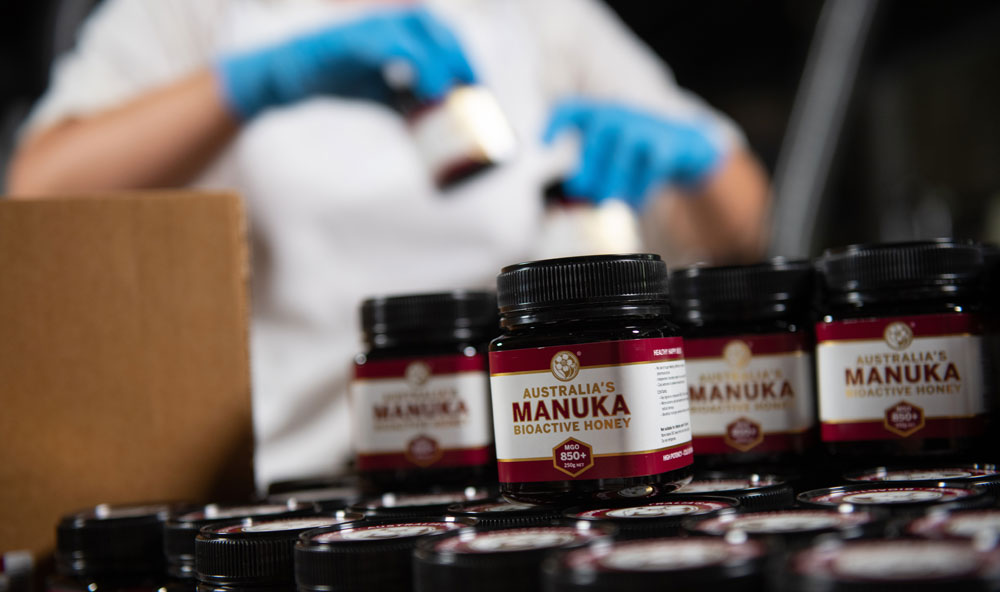
Our Committment
We are a founding member of the Australian Manuka Honey Association, AMHA. After forming long term relationships with Manuka honey research groups and universities, and we are excited by the collaboration between New Zealand and Australia in bringing Manuka honey to the world. Working with these groups we have contributed to the study and identification of the high potency bioactive Leptospermum plants in Australia. Through our extensive experience working with bioactive MGO honey, we have gained a wealth of scientific knowledge of Manuka honeys health benefits. We have also developed expertise in harvesting, testing and maturation of these potent bioactive honeys. To bring you the Highest quality Australian Manuka honey in the World is our family’s passion and vocation.

Michael Howes
Michael is on the Advisory Committee for the Australian Manuka Honey Association AMHA.
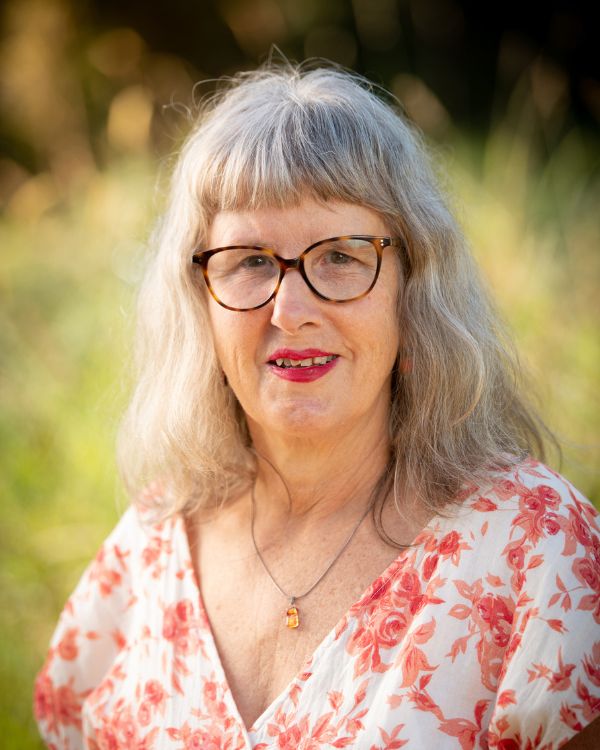
Katrina Evans
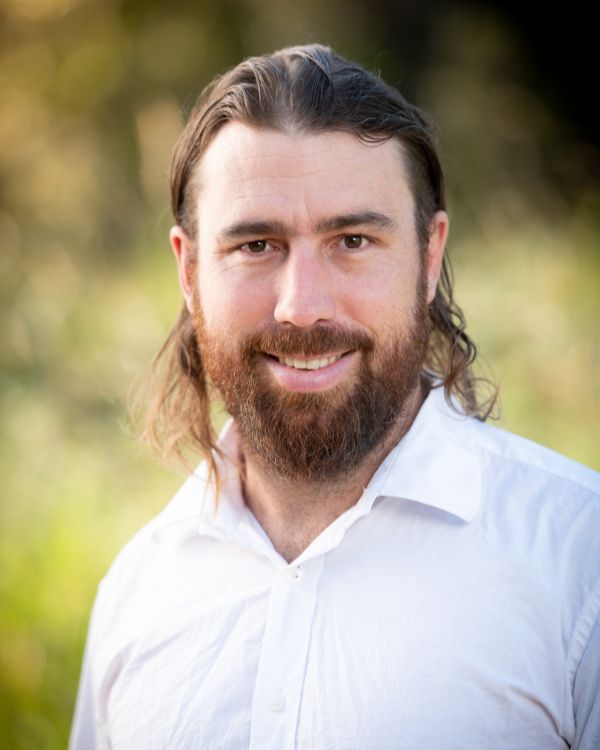
Simon McCarthy

Uri Evans
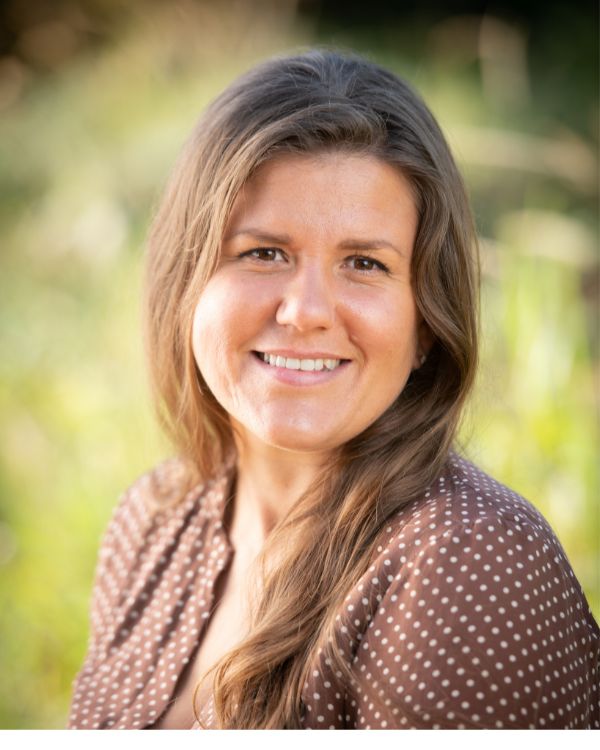
Hope Evans
Partner with us
If you are a wholesaler, distributor or retailer, and wish to enquire about our wholesale or bulk pricing, please fill out the form below.
Our service representative will contact you promptly.
ALTERNATIVELY CALL
Overseas callers: +61 424 030 181
Australian callers: 0424 030 181
Make an enquiry
"*" indicates required fields


